There are many interesting sights in the Macedonian capital, Skopje. Because of the lack of time and heat, we don't all check it, but try to visit at least the most important and famous ones. For example, the famous Macedonian fortress Skopsko kale. By the way, they call it different, only Crepsta in Skopje, the Kaleto (fortress), the Justinian, is the main thing to make it clear about what it is.
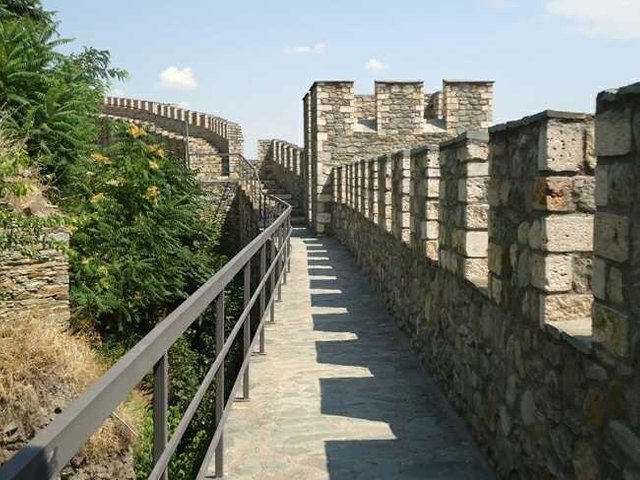
This fort is located in the center of the city, more precisely the tower above it on a hill high forty-five meters. This room offers beautiful Skopje views. It used to be not only a defense structure, but also a place to live, because on the lowest perimeter of Skopsko kale lived the city population - civilians.
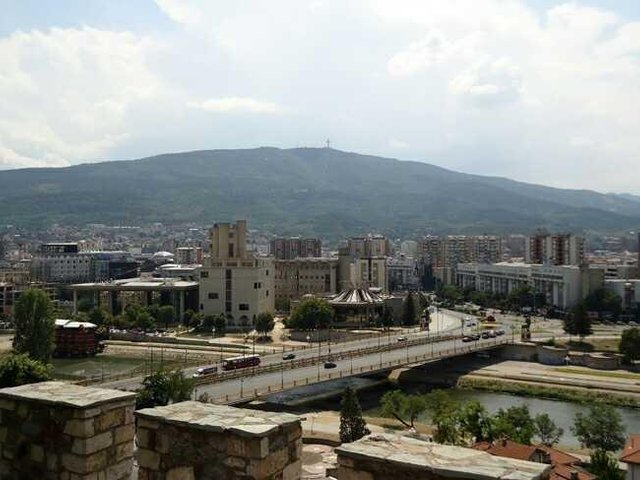
Medieval Fortress Skopsko kale has an ancient predecessor in the form of the Roman fortress Skupi. It was assumed that the fort was taken by Goths in the fourth century, and in the sixth century it was restored by Justinian and once again conquered, but by Slavs in the early 7th century. After these owners left the fort, the fort became very thick and bushy for decades, until Bulgarians led by Khan Kuber in the 680s arrived. He again raised the fortress wall and significantly extended to the west. This is about a hundred decares making the castle of Skopje one of the largest fortresses in the Balkans. Of course, Skopje became the center, that is, the regional city, and then suddenly the Bulgarian capital. The fact is that in 971 the Byzantines conquered Preslav, the Bulgarian capital and Tsar Boris II with his brother Roman arrested and identified in Tsargrad, but after 980 they fled to Vidin. Bulgarian border guards mistakenly killed Tsar Boris II and therefore Roman remained the last heir of the Krumov dynasty. After the coronation of the residence he was given the fortress of Skopje.
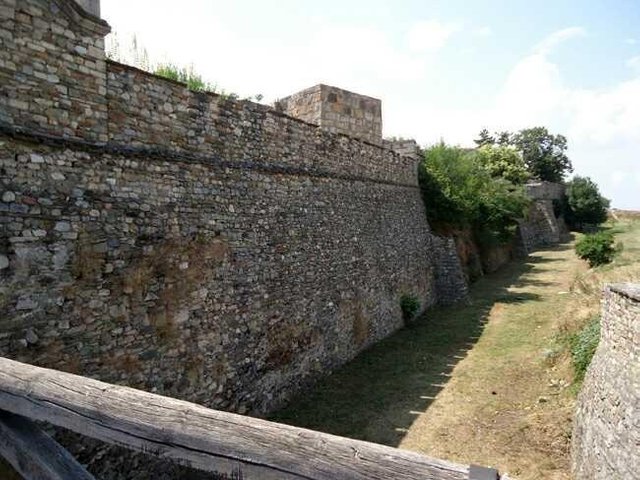
The garrison under Roman command took part in the defeat of Vasili the Slayer's army at Ihtiman in 986. In 992, it was unknown how, but Rome returned to captivity to Byzantium, and in this period of Bulgarian capital Skopje was finished. The new Bulgarian king, Samuel, chose Ohrid as his capital (also now the city of Macedonia).
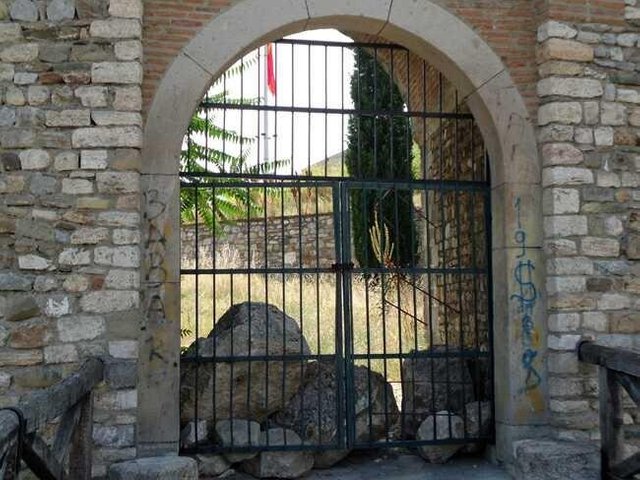
Skopje, which connects Ohrid with Bulgarian fortresses in Serbia and Eastern Bulgaria today, is fortified with additional new towers. In total, the castle has seven towers with different angles and three perimeters, the height of the wall reaches 11 meters, today - 9 meters. The most ancient of the survivors to date date back to the 11th century. The wall width is 2.85 meters.
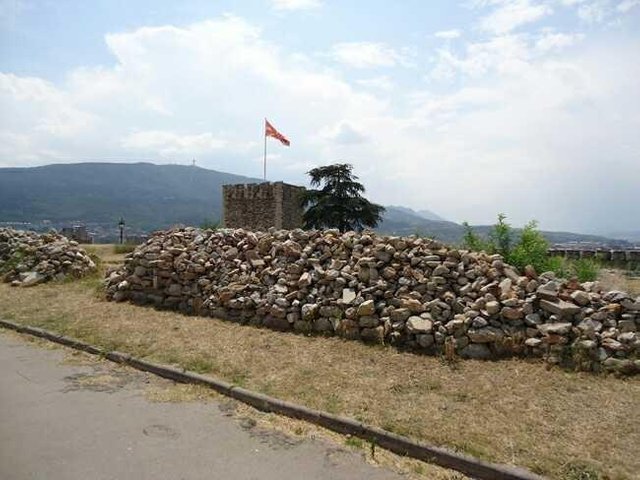
In 1072, fortress manager Georg Voitekh raised the liberation rebellion and found a noble son from Serbia - Konstantin Bodin, whose grandmother was from the Samuil clan. Under the name of Tsar Peter II, the young hero began to rule in Skopje. Thus, the city became the capital of Bulgaria for the second time, but it lasted less than a year, until Georgi Voitekh and Tsar Peter II were defeated by Byzantines.
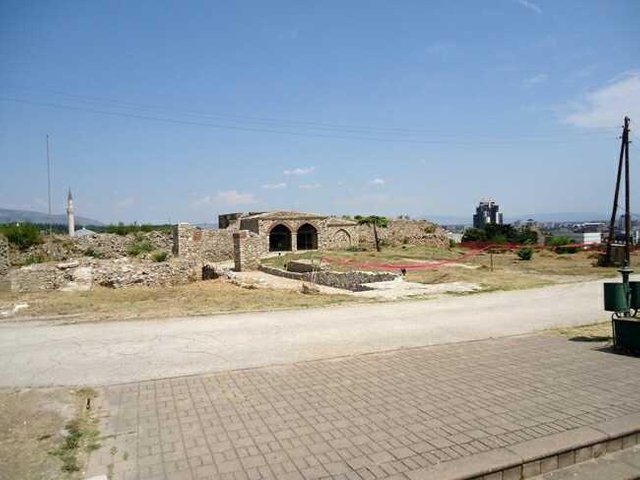
During the Bulgarian king Asen, the fort was the mainstay of the country on the extreme southwest border of the kingdom. But in 1278 Skopje was taken by the Serbs, and in 1346 the city became the capital of King Stephen Dushan. In 1392, Skopje fell under the rule of the Ottoman Empire.
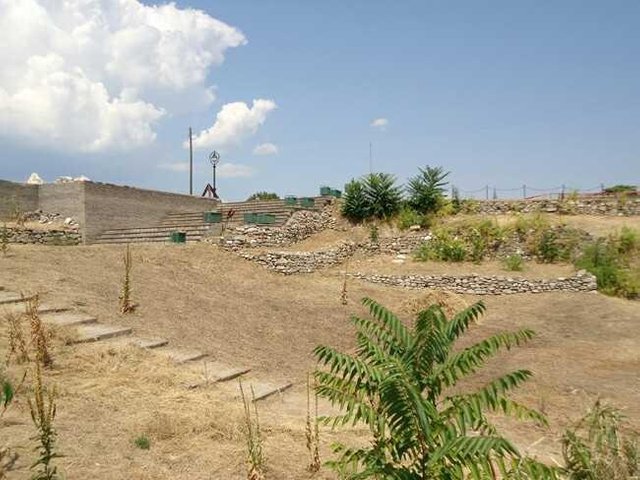
Thus the city passed from hand to hand, and for all its existence (from the 3rd century BC) managed to visit Slavic and Ottoman, and Serbia, and Bulgaria - it was a mixture of cultures.
Skopje became the capital of modern Macedonia in 1991
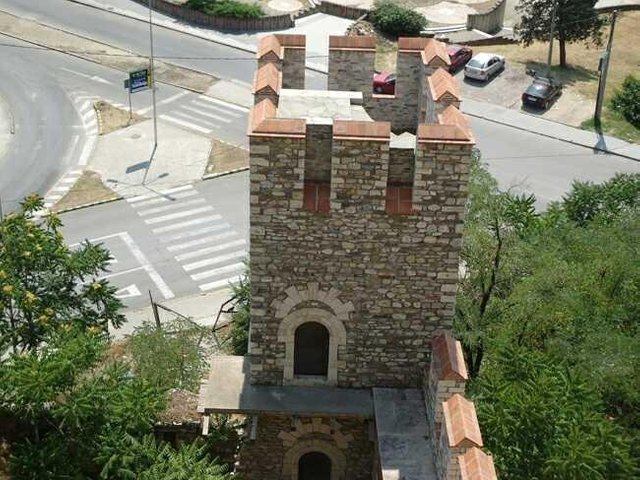
@resteemator is a new bot casting votes for its followers. Follow @resteemator and vote this comment to increase your chance to be voted in the future!
Downvoting a post can decrease pending rewards and make it less visible. Common reasons:
Submit